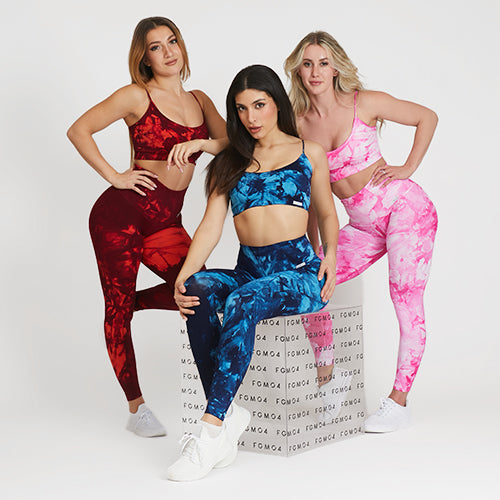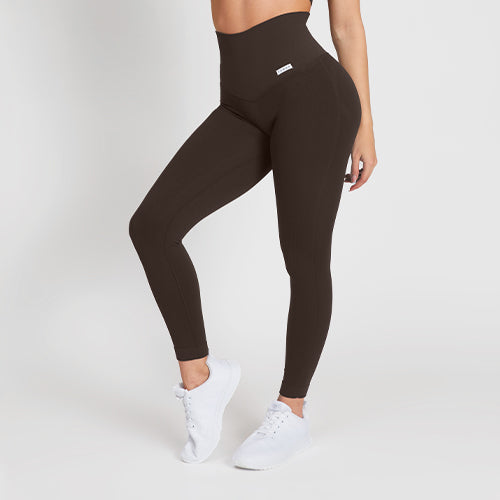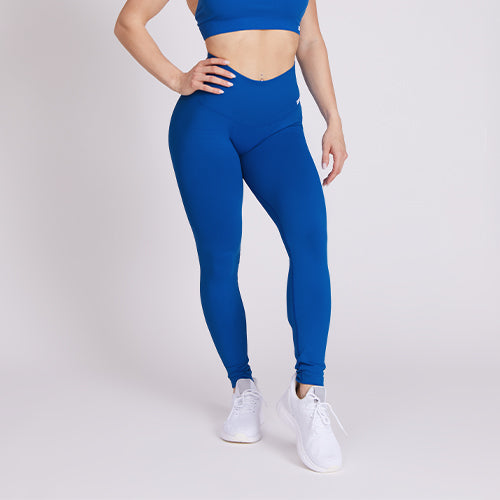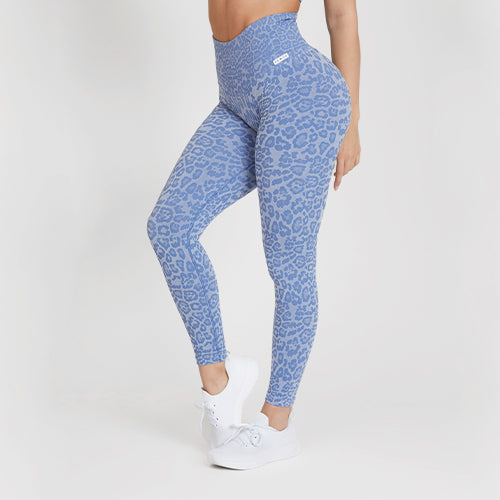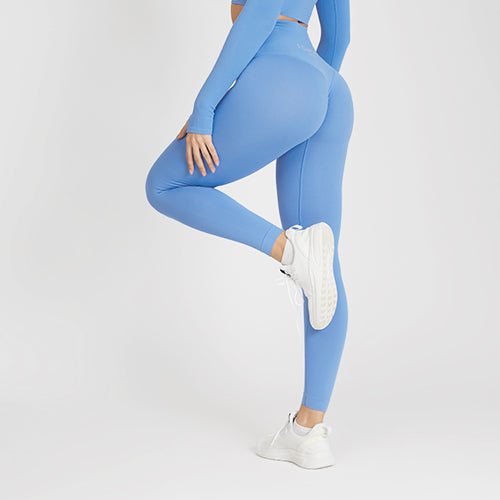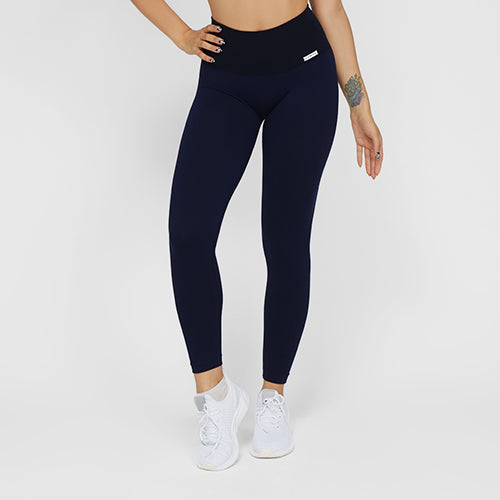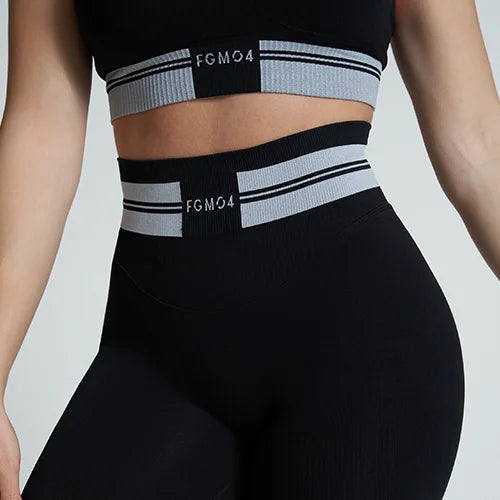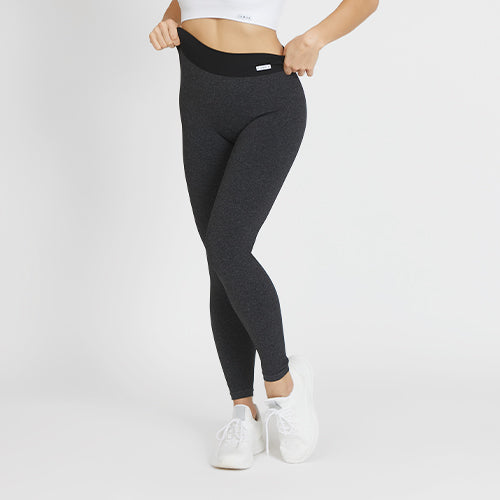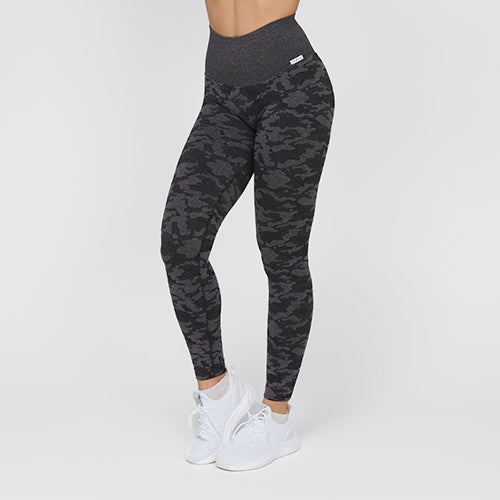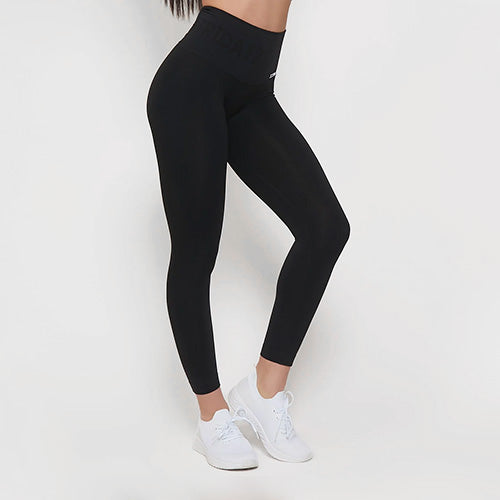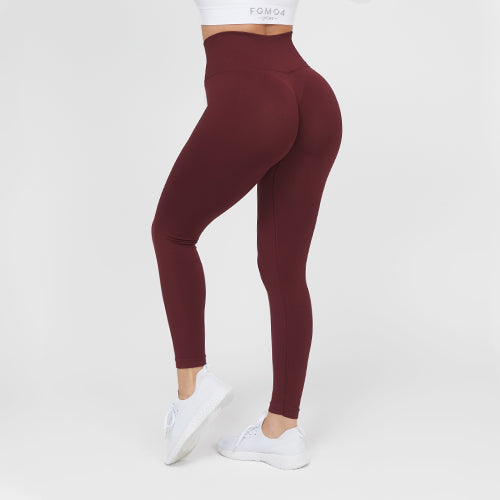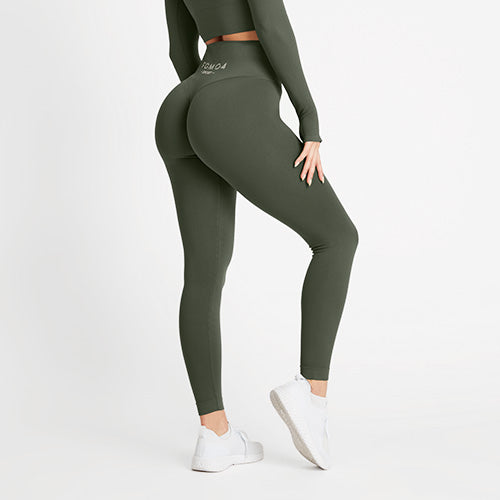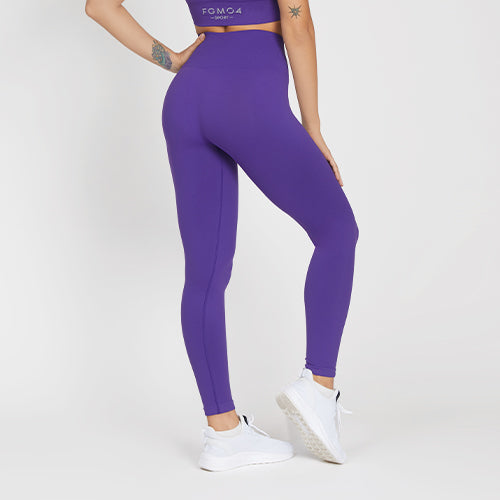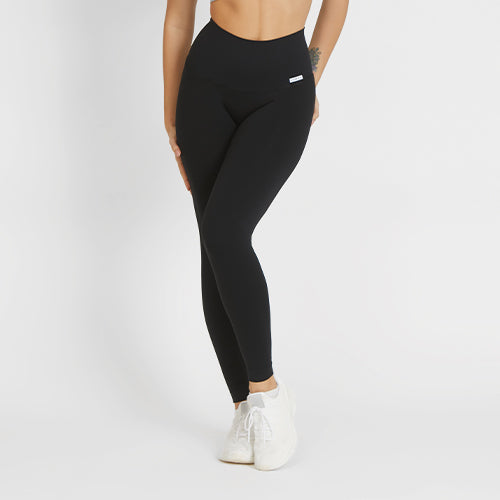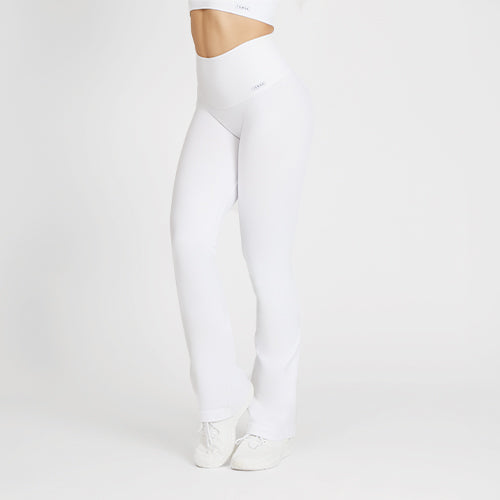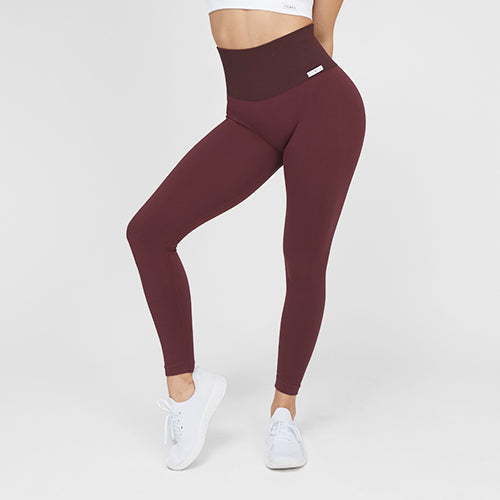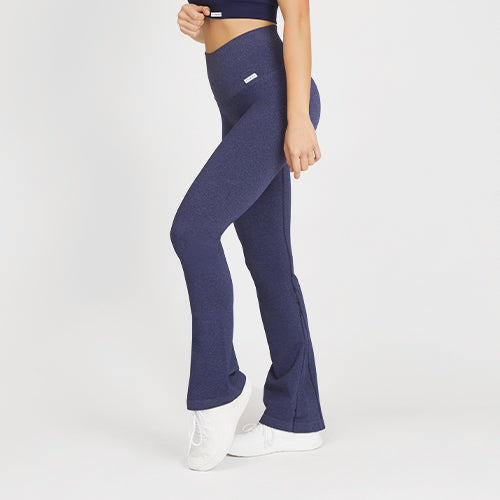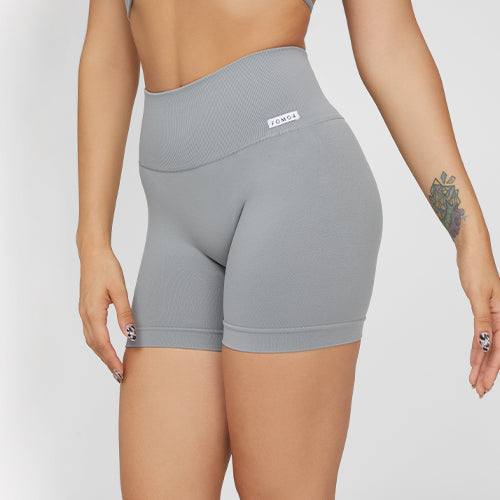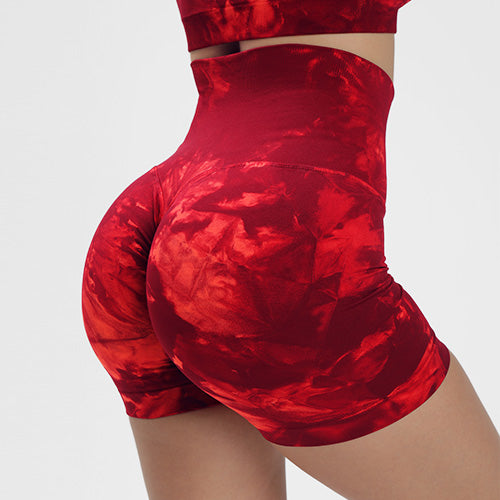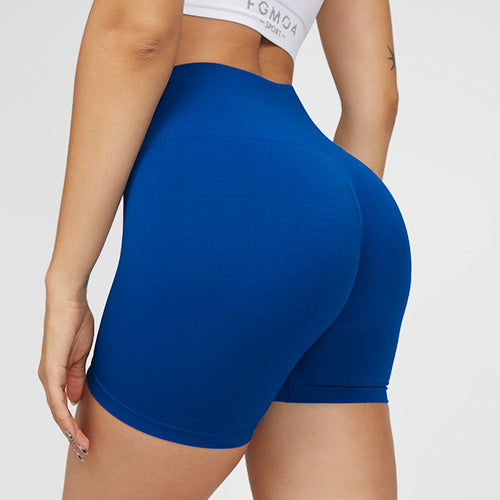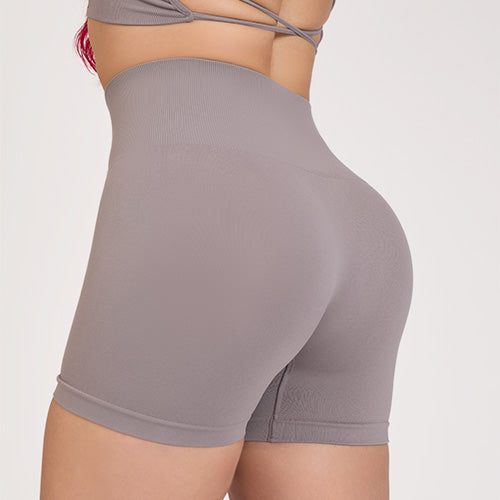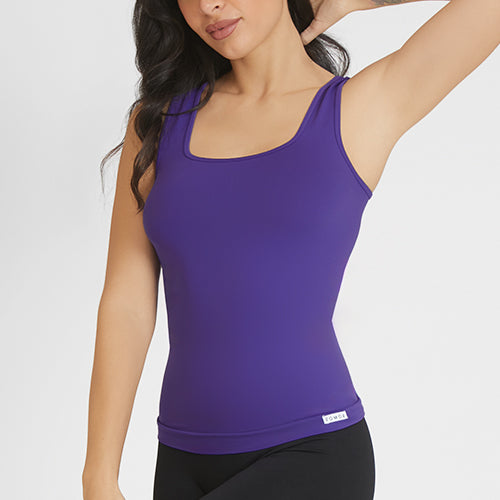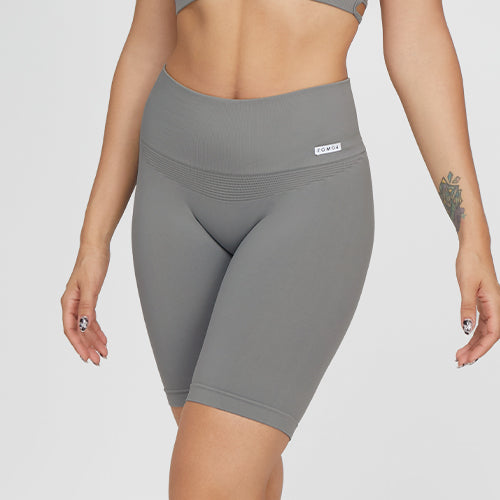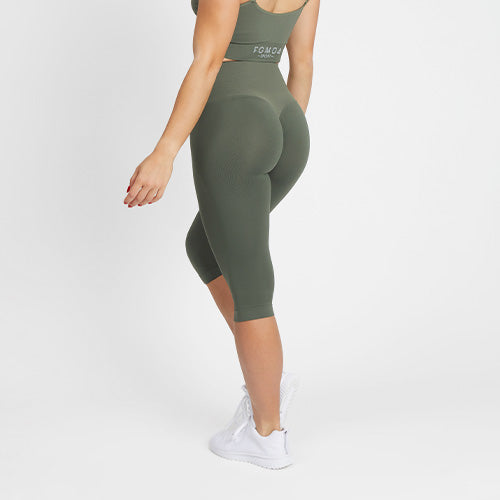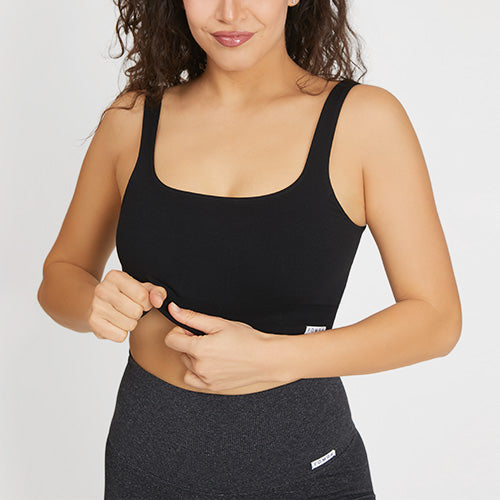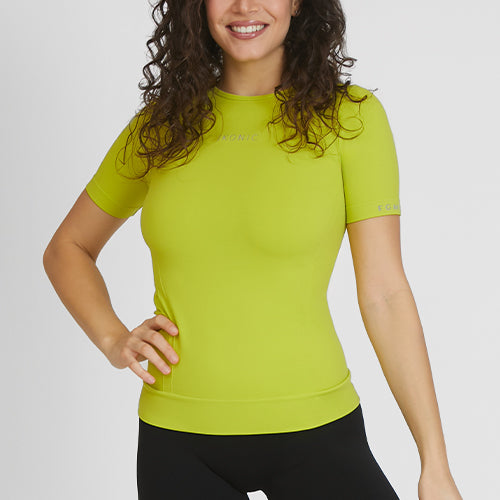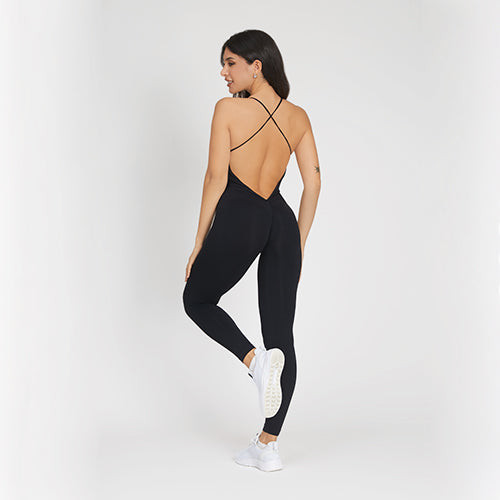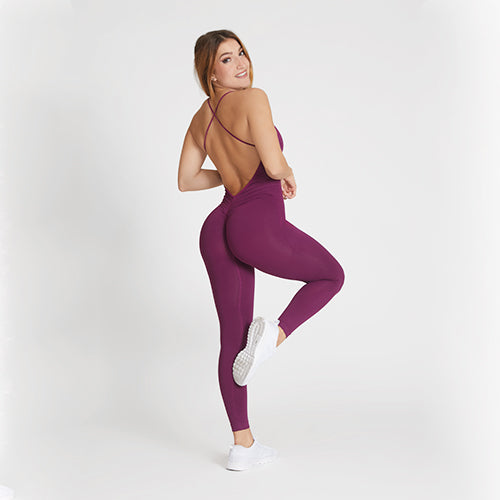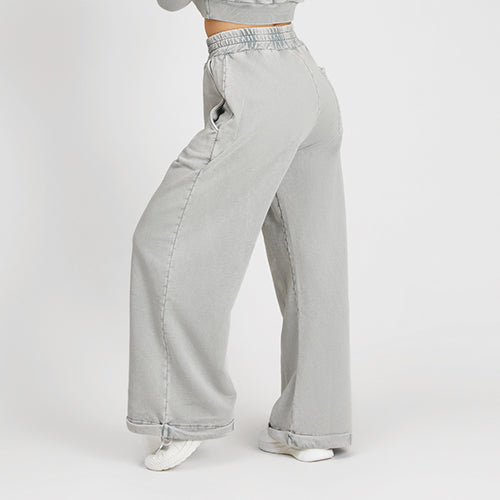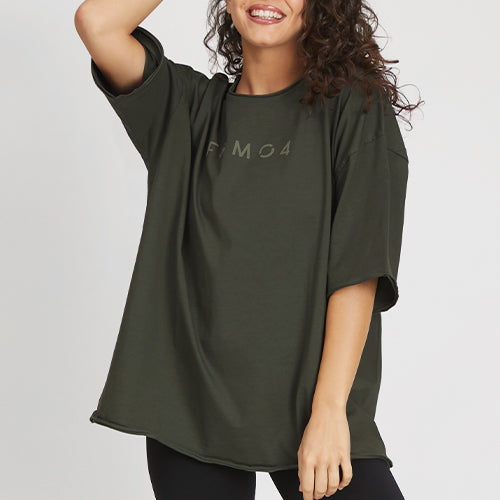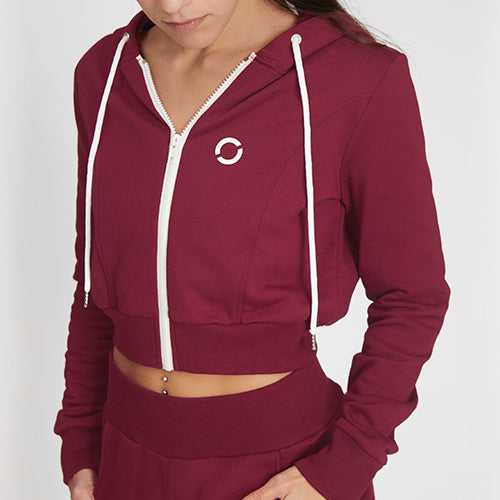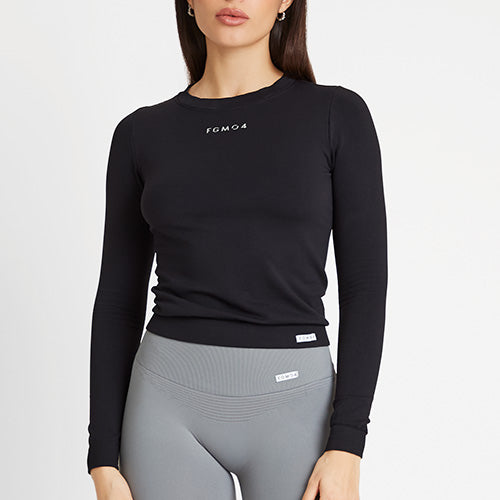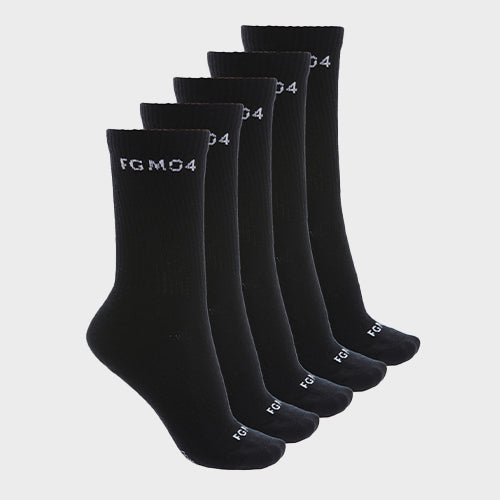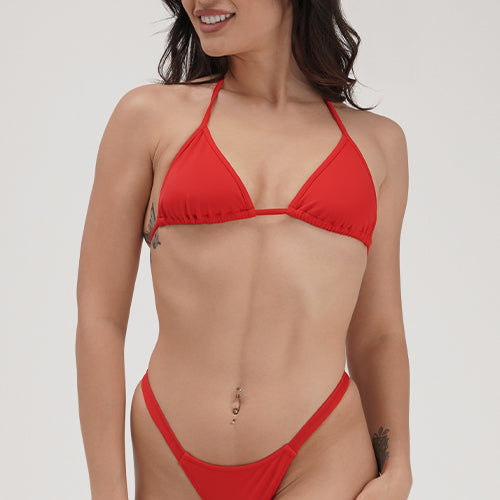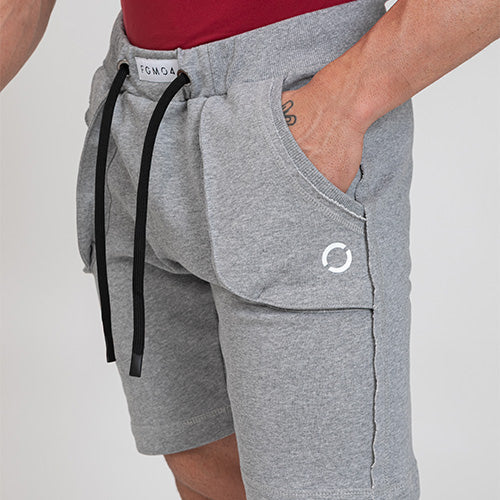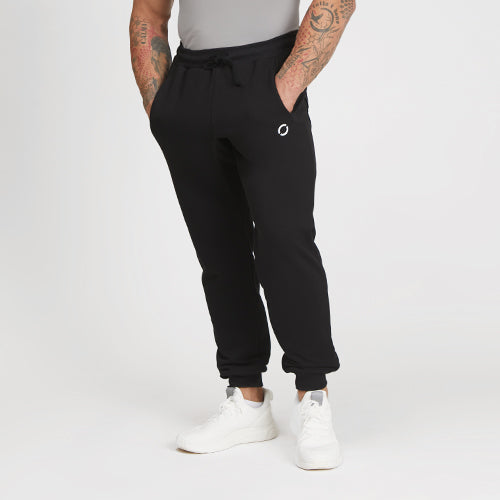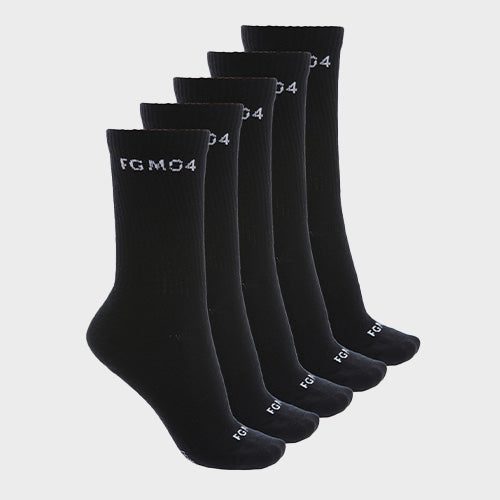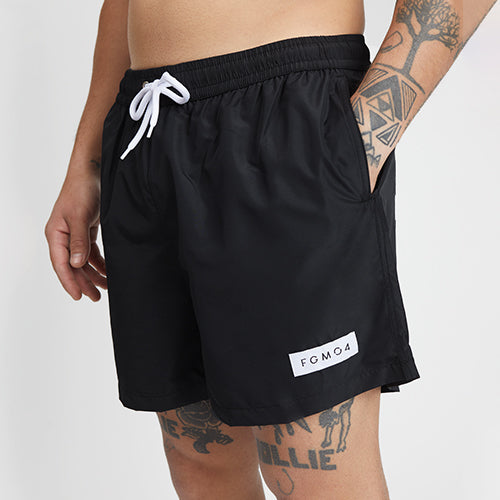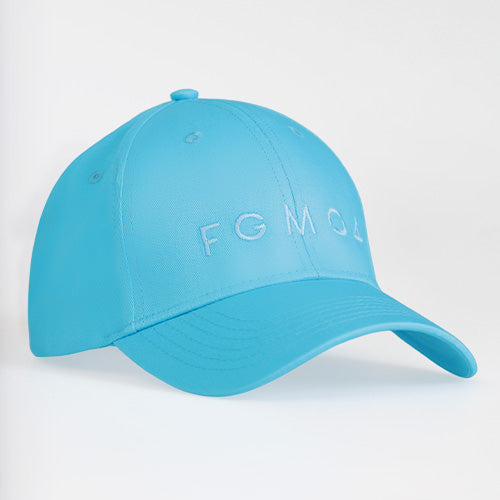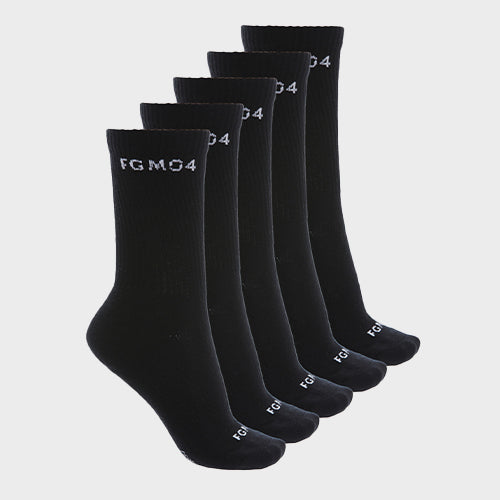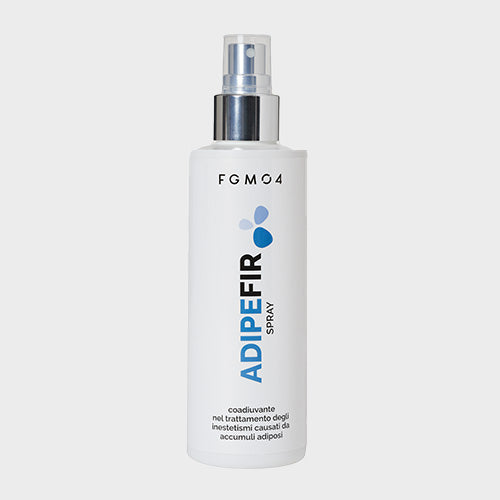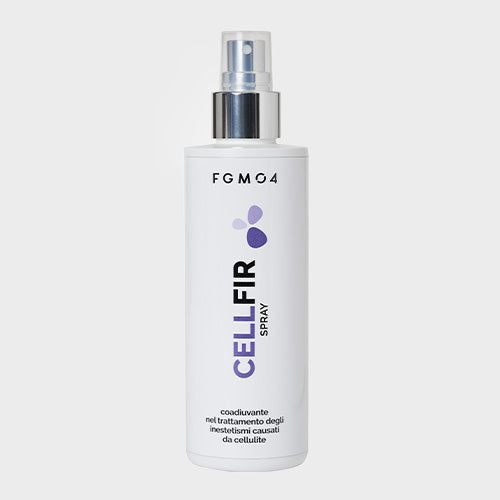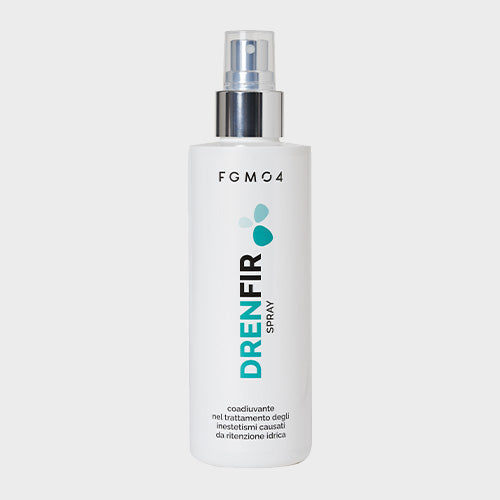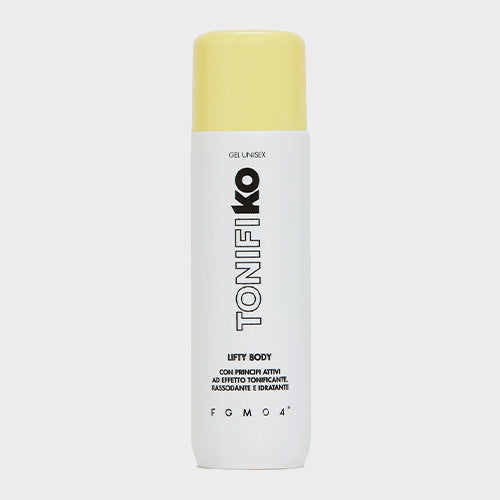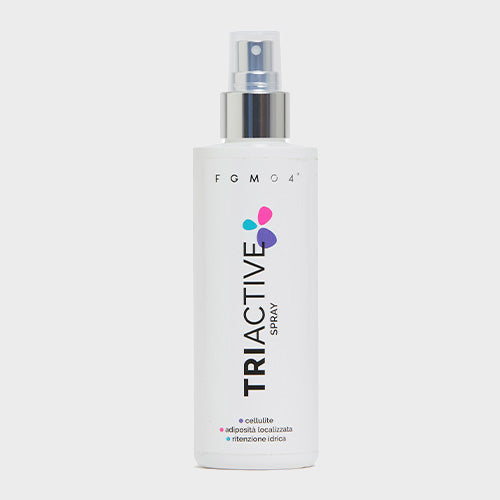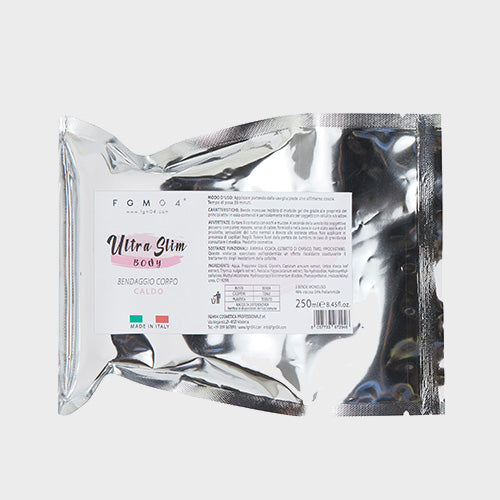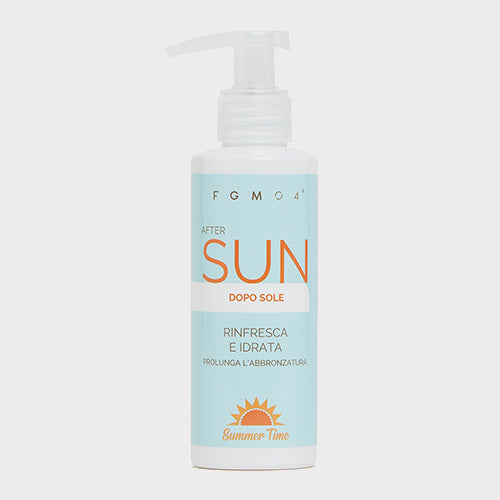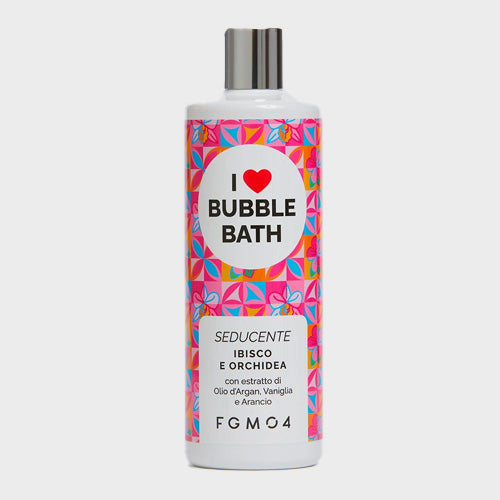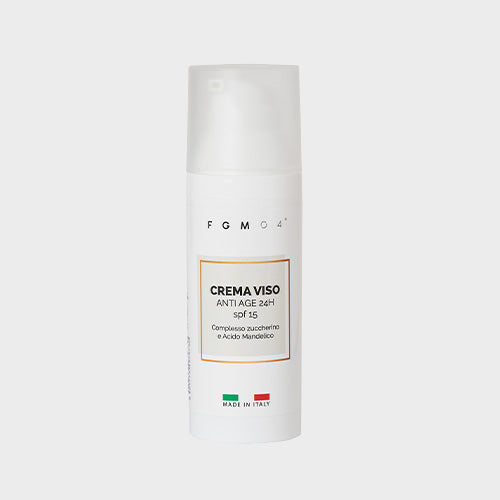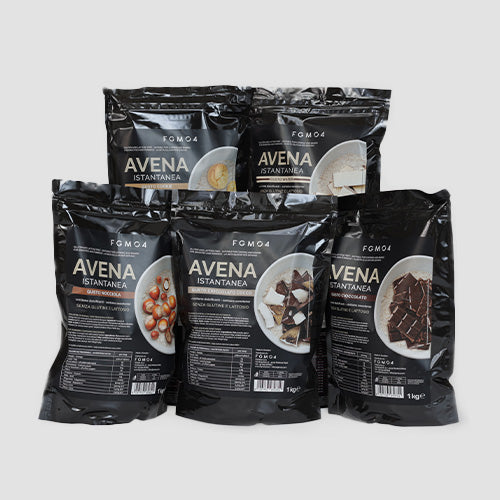Approaching the very wide world of cosmetics is not at all easy. For every need we are faced with an infinite range of brands and products. Everyone - Obviously - they assure us that they are the perfect answer to our needs.
The most instinctive reaction is to give in to the flattery of the most broadcast advertising. Or, when in doubt, we choose the cheapest product, "which are all the same!". At best, we accept the advice of a friend (or friend) who had a great time.
But will it be good for us too?
The truth is that the best solution is to learn to recognize by itself the functionality and quality of the product we just took off the shelf.
I know, you're going to be protesting, "You can't have to get a degree to choose the next cream!" But it's nothing that difficult! With the pages of this blog, FGM04 wants to guide you through the labels that you find on the packaging of each product. Most importantly, you will be able to decide by yourselves which product is worth your money!
Duarte, Juan, et al.
Done? Fine! So are we autonomous? Not yet... Would you invite Mr. Vanillyl Butyl Ether to dinner? I guess you'd like to know who it is first. Here we get to the heart of the matter, because we have to find out what the substances that make up a cosmetic product are and how they act.
Visnadina, an ancient natural use.
Today we will focus on a plant substance of ancient use: Visnadina. Where does it come from and what are its properties? By answering we will understand why FGM04 has selected it as an active ingredient cardinal For VISNA STRONG GEL, its new anti-cellulite line.

The molecule we are putting under the magnifying glass in this article – Visnadin – is a phenolic compound. Let's see what that means.
Phenolic compounds are substances produced naturally from plants for an infinite number of purposes. They range from communication between one individual and another to defense against potentially harmful organisms. Without considering the attraction of those, instead, useful to the plant itself (such as pollinating insects).
All phenolic compounds, including Visnadin, belong to an important class of plant molecules: that of secondary metabolites. These are all those substances that the plant produces out of necessity that go beyond those primaries, that is: growth and development.
Translating, secondary metabolites do not serve the functioning of all plants, but have been developed distinctly by the various species to allow adaptation to specific environmental conditions. So what? So this explains why it is not enough to pick the grass in the garden of the house to get the Visnadina!
Only a few species of plants belonging to the Apiacee family produce our molecule. The best known and most used is the visnaga. Have you heard of it before? Let's take a closer look.
Ammi Visnaga
The visnaga is an annual plant that grows mainly in the Mediterranean area. It is characterized by the wide and delicate umbrella inflorescence composed of numerous white flowers. His scientific name, in Latin, is Ammi Visnaga, but it is also known as khella and Daucus visnaga.
The medicinal properties of this plant have been known to man since the time of the pyramids. The Egyptians used it to produce a decoction that was effective againstasthma hey kidney stones. It also seems that they already knew its beneficial qualities for the treatment of psoriasis. So no... It is not exactly a discovery of contemporary science...
It does not mean, however, that we have limited ourselves to interpreting hieroglyphs!
Since the beginning of the last century the visnaga has been the interest of numerous studies in the medical and cosmetological fields. They are the fruits, in particular, to have proved to be rich in beneficial substances for man. Among the most important – in addition to ours Visnadina, naturally – we find the kellina and the visnagina, mainly responsible for the effects diuretics And antispasmodics of visnaga tea.

In short, the visnaga is a plant rich in resources! But why do we care? own the Visnadina?
Medicinal properties
There Visnadina is known for its vasodilatory and angiogenic properties. In practice, it induces the dilation of blood vessels at peripheral and coronary level and stimulates the formation of new vessels, thus increasing the circulation. Due to these virtues, Visnadina has already been used to treat theangina pectoris.
Someone might ask: "But then if I have a heart attack, should I have a herbal decoction?”
Better to clarify!
Angina is often associated with cardiac arrest because, in fact, it precedes it. In reality But angina is, more precisely, the pain in the chest and left arm that occurs when the heart is not sufficiently oxygenated. This condition is generally due to an occlusion of the coronary arteries, responsible for feeding and oxygenating the heart. If the occlusion is only partial, the pain Angina can also occur recurrently without necessarily resulting in a heart attack.
More recently, ainteresting possibility of using our molecule. The stimulating action on blood circulation can be exploited to help women suffering from disorder of thesexual arousal.
You don't need to open another page! Let me explain right away.
Female sexual arousal, at a bodily, involves the activation of the genital tissues with increase of blood flow and the secretion of lubricating fluid from the vaginal walls.
When this aspect of sexual stimulation is compromise in a persistent or recurrent manner we speak of female sexual arousal disorder, precisely. It follows the difficulty in initiating or ending sexual intercourse. The repercussions of the disorder in the psychological sphere are easily understood.
You will have already understood where we are coming from: the application of Visnadina at the vulvar level has proven to be a powerful tumescence activator – that is, the swelling – and lubrication of the genitals.
No, VISNA FORTE GEL WOMEN cannot be used as a lubricant!
For use on intimate parts you need a specially designed product.
In addition to the vasodilatory action, laboratory experiments suggest that the Visnadina is capable of a significant effect anti-inflammatory.
Even stopping here we could safely insert this product of visnaga in the arsenal of plant molecules useful to man. But it's not over yet!
The cosmetic utility against cellulite

Never heard of cellulite?
“Is there anyone who does not know what it is?” You will answer me rightly! In fact, cellulite affects about 9 out of 10 women of post-pubertal age [5]. Not that men are immune, but it is true that male cellulite occurs much more rarely.
Although it is not a pathological condition, the resulting skin blemish – the famous 'orange peel' – turns out to be a problem and a reason for discomfort for most women.
Unfortunately, the causes of cellulite are still unclear. In addition, it is a complex phenomenon involving numerous tissue aspects of the skin. Do we surrender to difficulty? No!
One of the main constituents of cellulite are fat deposits, or fat, located under the skin of the affected areas. Generally, these are the thighs and buttocks: precisely the parts of the body that are most sensitive in women. resistant to eliminate fat, even through sports.
Visnadin stimulates adipocytes – the cells responsible for storing fat – to increase their lipolytic activity [6,7]. I mean?
In other words our molecule does not dissolve magically fat, but rather communicates to the cells of break fat molecules – the triglycerides – which are then released into circulation. The lipolytic action combined with that of stimulation of blood microcirculation, make Visnadina a valid natural tool for fighting cellulite.
For this reason FGM04 has decided to include it as an active ingredient in its cosmetics dedicated to physiologically rebalancing the tissue structure of the skin: VISNA STRONG GEL WOMEN, VISNA STRONG GEL MEN and the new ADIPEKO.
Concluding
In the previous article, we got to know the Phosphatidylcholine. Today we have added a second molecule to our inventory of substances that we can immediately recognize when we read theINCI of a product.
We learned that the Visnadina:
- it is a natural molecule produced by various plants belonging to the Apiaceae family, among which visnaga stands out;
- it has a vasodilatory action on peripheral and coronary vessels and therefore promotes tissue blood flow;
- promotes the lipolytic activity of adipocytes and blood microcirculation with positive effects against cellulite blemishes.
And we also discovered the ancient medicinal uses of Ammi Visnaga, today confirmed and explained by modern science.
Now you understand why Visnadina is important for us at FGM04. From this molecule VISNA STRONG GEL It draws its main strength from this, which makes it so effective in revitalizing and rejuvenating the skin and fighting cellulite.
Was it difficult? Maybe a little, all right! But I am sure that as soon as you read the name of this molecule on the packaging of a product you will be rewarded with satisfaction to know them for yourself cosmetic effects.
In the next article we will get to know a very commonly used active ingredient, also in our cosmetic line: Vanillyl Butyl Ether. Just what we didn't know whether to invite to dinner!
References
1. Duarte, Juan, et al. “Effects of visnadine on rat isolated vascular smooth muscles.” Planta medica 63.03 (1997): 233-236.
2. Bassino, Eleonora, et al. “Effects of flavonoid derivatives on human microvascular endothelial cells.” Natural product research 30.24 (2016): 2831-2834.
3. Caruso, Salvatore, et al. “Randomized crossover study investigating daily versus on-demand vulvar Visnadine spray in women affected by female sexual arousal disorder.” Gynecological Endocrinology (2017): 1-5.
4. Menghini, Luigi, et al. “Antiinflammatory activity of coumarins from Ligusticum lucidum Mill. subsp. cuneifolium (casting.) Tammaro (Apiaceae).” Phytotherapy research 24.11 (2010): 1697-1699.
5. Janda, K., and A. Tomikowska. "Cellulite-causes, prevention, treatment." Annals of the Medical Academy of Stettin. Theft. 60. No. 1. 2014.
6. Thastrup, Ole, Bjarne Fjalland, and John Lemmich. “Coronary Vasodilatory, Spasmolytic and cAMP‐Phosphodiesterase Inhibitory Properties of Dihydropyranocoumarins and Dihydrofuranocoumarins.” Basic & Clinical Pharmacology & Toxicology 52.4 (1983): 246-253.
7. Duncan, Robin E., et al. “Regulation of lipolysis in adipocytes.” Annu. Rev. Nutr. 27 (2007): 79-101.
Author: Roberto – molecular biologist
Image Credits:
Woman pours infusion of herbs. Image of Freepik


